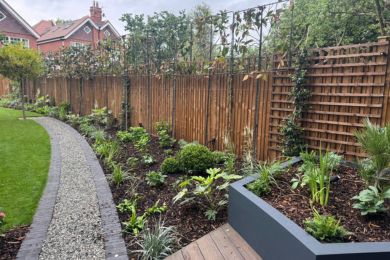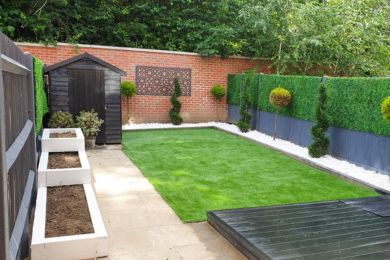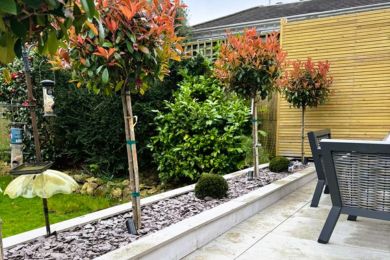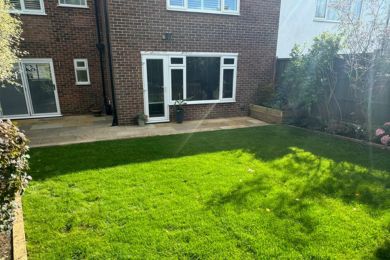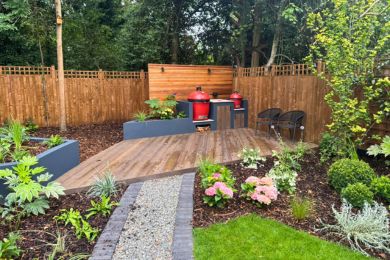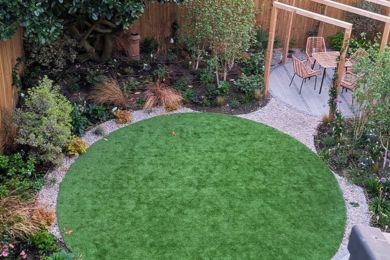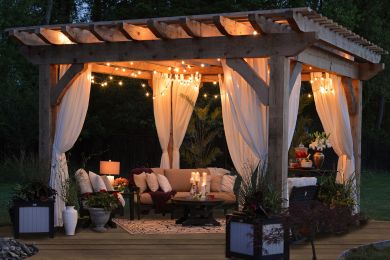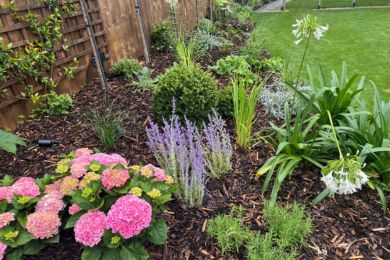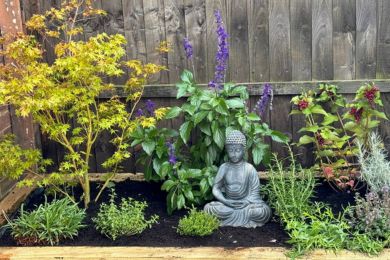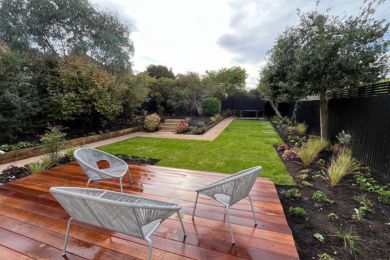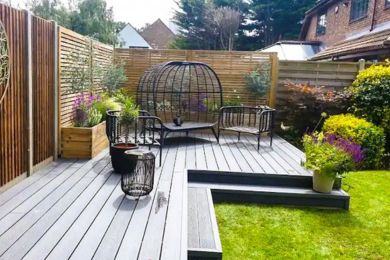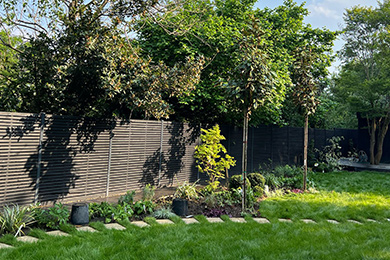Seasonal Planting Ideas For Lasting Autumn Colour
Autumn can signal the beginning of the end for many gardens, as plants begin to fade and lose their foliage ahead of the winter dormancy. For many outdoor spaces, this means a lack of colour and visual interest, as well as reduced movement and wildlife attraction. It can be a sad time of year for many gardeners if they do not know how to handle it.
While there is no way to control the changing seasons, there are ways to control how your garden looks so you don’t have to suffer this autumn. With seasonal planting, you can prolong the appeal of your garden throughout the autumn and into early winter, so you can continue to enjoy a thriving, colourful outdoor space.
Although a lot of plants begin to fade during this season, there are plenty that continue to thrive, and this is the basis for seasonal planting. As leading landscapers, SilvaTree knows what it takes to maintain a colourful garden well into the autumn and is here to share our best tips.
In this post, we are sharing the best seasonal planting ideas for autumn colour and how you can maintain your garden ahead of the winter chill.
What Is Seasonal Planting?
Seasonal planting is a garden design technique that allows you to experience a colourful garden all year-round. It relies on a combination of blooming cycles, evergreen foliage, and long-flowering plants to provide visual interest to your garden throughout the seasons.
Most gardens look their best during the spring and summer, when most plants reach their peak blooming cycle. This is when you can expect to see an abundance of flowers in various shapes and colours, as well as pollinators and other wildlife creatures thriving the most.
However, just because a lot of plants follow this pattern does not mean they all do – there are plenty of late-blooming flowers and seasonal plants that thrive at other times of the year. Seasonal planting focuses on what thrives at a particular time of year.
While many flowers and plants begin to fade during the autumn, some continue to thrive, and this is what seasonal planting is all about.
The Benefits Of Seasonal Planting
Seasonal planting not only creates an attractive garden all year round, but it can also provide additional benefits to wildlife, local ecosystems and the overall appeal of your home.
- Wildlife Support: With the prolonged blooms, as well as the inclusion of berries, seeds and other plant types in your garden, you can create a diverse environment. Seasonal planting can provide habitats for a variety of wildlife and insects, including birds and pollinators.
- Low-Maintenance Garden: Seasonal planting means fewer gaps within your garden design, ensuring your outdoor space looks good all year round. This makes it easier to maintain throughout the year and reduces the need for heavy seasonal cleanups over time.
- Enhanced Kerb Appeal: A garden that has been designed to look great all year round is not just attractive to you, but potential buyers. While many other landscapes fade, your home will continue to stand out for the right reasons, providing kerb appeal and potential increased property value over time.
Seasonal Planting Ideas For Autumn Colour: Top Picks For Every Garden Design
Some plants, flowers and shrubs continue to offer colour and visual appeal late into the year, such as:
Late-Blooming Perennials For Colour Beyond Summer
Perennials are a staple in all kinds of landscapes because they are easy to maintain. These plants return to your garden year after year to provide colour and attraction to pollinators.
While a lot of perennials begin to fade throughout the summer, some plants have long-blooming cycles and continue to thrive well into the autumn, making them some of the best seasonal planting ideas for this season.
- Asters: The bright purple and blue flowers continue to thrive until late autumn, where they don’t just offer visual appeal but also attract pollinators to your garden as the seasons change.
- Sedum (Stonecrop): A great option for borders or flower beds, these plants produce rich pink or red flowers that age beautifully into the winter. The waxy, succulent-like leaves continue to thrive throughout the seasons and remain a key attraction in seasonal planting areas.
Flowering Shrubs For Structure And Autumn Colour
Some shrubs can produce incredibly attractive flowers that remain a focal point in your garden from spring until autumn with the right care. Many of these shrubs are evergreen, which means that while their flowers may fade over time, their leaves remain.
These seasonal planting ideas are a great way to add colour and structure to your autumn garden to prolong the appeal of your garden design.
- Climbing Hydrangeas: These evergreen varieties of hydrangeas produce small white flowers in spring that can thrive until the late autumn months. However, the lasting appeal is their glossy green leaves and climbing, red-tinged stems, which are evergreen. As these are climbing plants, they are a great way to add height and screening to your garden, or can be used to cover unsightly fences, retaining walls or garden structures.
- Viburnum: Like hydrangeas, there are evergreen variants of this popular plant to prolong appeal and structure in your autumn garden. These are easy-to-grow shrubs that produce clusters of white, pink or red flowers in spring and summer. They come in a range of sizes and can cover a lot of ground if left to grow freely.
Striking Seedheads For Style And Wildlife Support
Some plants continue to be beautiful and beneficial for your garden long after the flowers have died off. Plants and flowers that produce seedheads after their blooming cycle has ended can be a staple in your autumn garden. Not only can these be visually striking, but they also provide support to wildlife such as birds, insects and the remaining pollinators in autumn.
Once the petals fall from these plants, the seedheads remain, which can often have unique shapes and visually engaging textures for prolonged appeal.
- Echinacea (Coneflower): A popular flower for spring and summer colour, Coneflowers have dark, spikey seedheads that remain throughout the later months of the year. The dark tone creates a dramatic visual effect against the frost of autumn and winter, and the seeds attract birds like goldfinches.
- Allium: After flowering, the globe-shaped seedheads of these seasonal plants dry into unique, architectural forms which last throughout the autumn and winter. By leaving these seedheads in your garden, you can maintain both structure and visuals in planting areas well after many other plants have faded.
Conclusion
Autumn can be a beautiful month for your garden with the right planting options. Relying on a combination of seasonal planting ideas such as late-flowering perennials, evergreen shrubs, and structural seedheads, you can ensure that your garden remains visually appealing for longer.
For additional support regarding your autumn garden, consider working with professional landscapers such as SilvaTree. We offer a range of services, including garden design and landscaping, to bring out the best in your outdoor space all year round.
Contact Us Today
To learn more about our services or to request a quote, please contact the team today.
FAQs
What are the best perennials for autumn colour?
Asters and sedum are some of the best options for your autumn garden, as they are late-blooming and maintain their colourful flowers for longer than many others.
Should I cut seedheads in autumn?
No, leave the remaining seedheads throughout autumn and winter. Not only do they provide visual interest to your garden with their architectural structures, but they also support wildlife, such as birds.
How do I plan a garden for seasonal interest?
The best way to ensure ongoing appeal in your outdoor space throughout the seasons is to rely on a combination of plants with varying blooming cycles. As well as flowers, use evergreen shrubs and textural plants such as grasses for depth and structure.

